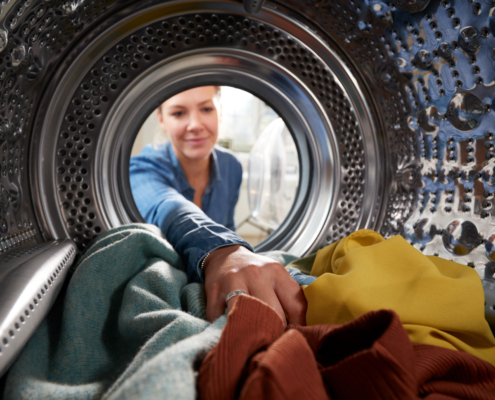
Laundry Efficiency and Dryer Vents: Everything You Need to Know
/
0 Comments
All machines require maintenance to keep them at their best, & dryers are no different. In most cases, it’s the dryer vent that’s responsible.
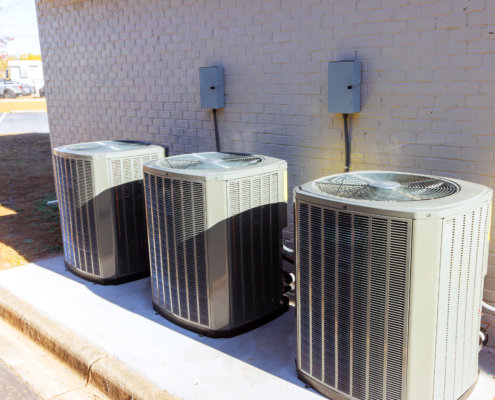
How an Upgraded HVAC System Saves you Money
Upgrading your HVAC system has the potential to save you a lot of money. When you replace part or all of an older HVAC system with more modern technology, you could start saving right away.
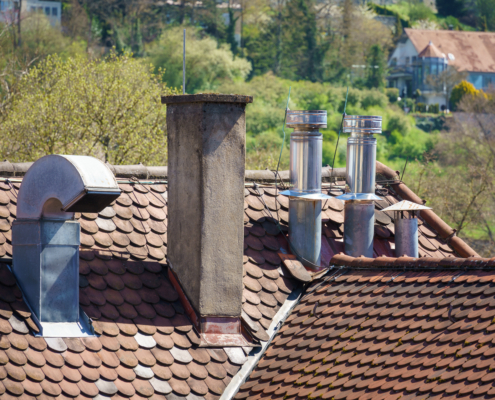
Prevent Chimney Water Damage With Our Complete Guide
If you're looking for a guide on how to make sure that your chimney is always up and running, take a look at the following
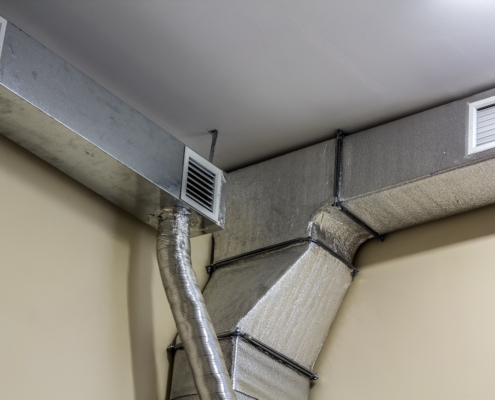
6 Reasons You Need Duct Cleaning
In today's homes, where indoor air quality is as crucial as outdoor…
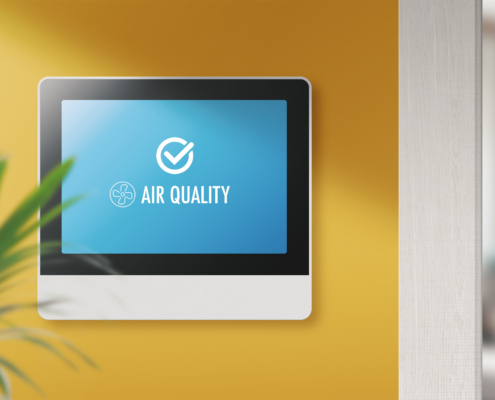
Asthma Sufferers Guide To Clean Air In The Home
In this guide, we’ll share simple, effective strategies that can make a significant difference in improving the air quality in your home to keep your asthma at bay.
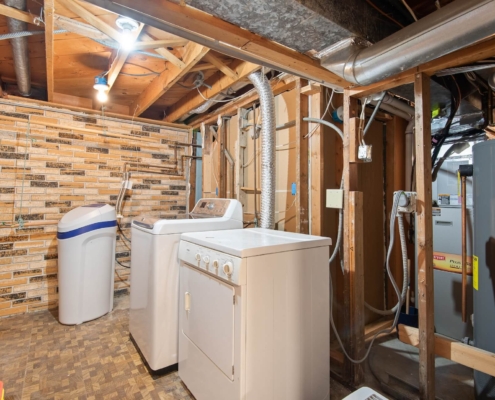
The Importance of a Clean Dryer Vent
A dryer vent plays a critical role in ensuring your dryer functions optimally. Below we look at the importance of a clean dryer vent.
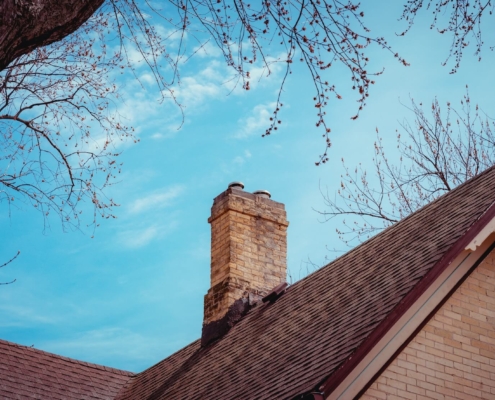
Homebuyer Beware: Spot These 6 Signs of Chimney Damage Before You Buy
Owning a home is a dream most people have and work towards. While…
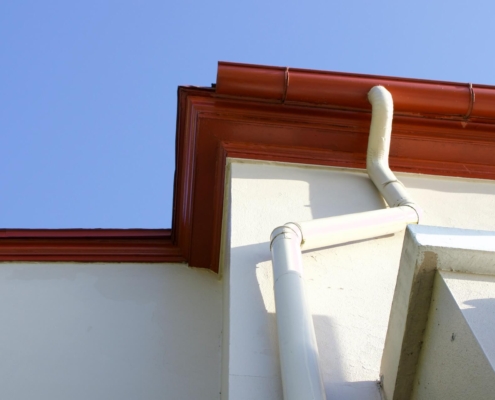
4 Types of Gutters That Will Transform Your Home’s Curb Appeal
Most people overlook gutters' role in a house’s appearance,…
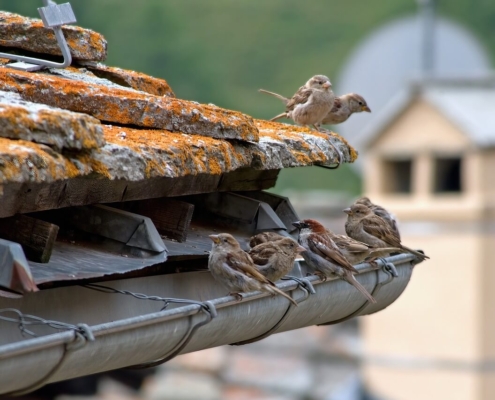
6 Most Common Gutter Problems to Look Out For
Gutter problems can affect your house & property. Let’s look at common gutter problems homeowners face & we will provide you with solutions for each!
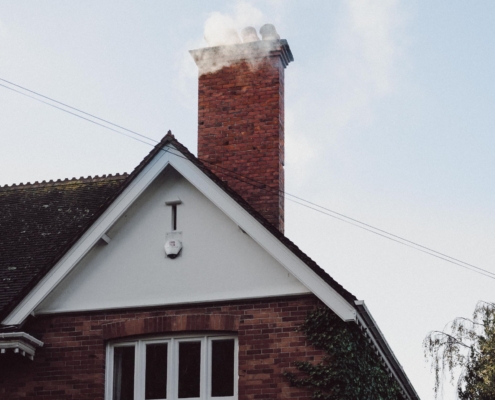
Chimney Cleaning for Different Seasons: What You Need to Know & Do
Want your chimney to work during winter? Taken care of it year round then. Discover what you need to know & do for chimney cleaning during different seasons!

